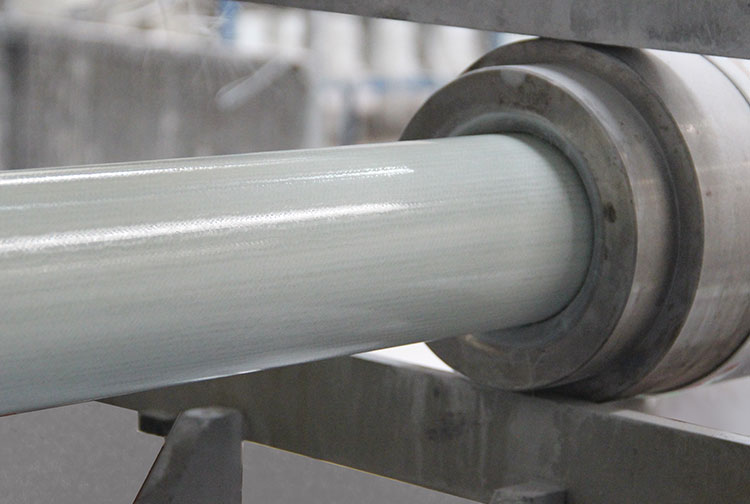FRP, which stands for Fiber Reinforced Plastic, is a composite material that has gained significant popularity in recent years due to its exceptional strength, durability, and versatility. Composed of fiberglass fibers embedded in a polymer resin matrix, FRP offers a sustainable and eco-friendly alternative to traditional materials such as metal and wood.
Understanding FRP
Composition: FRP is created by combining fiberglass fibers with a polymer resin, such as polyester or epoxy. The fiberglass fibers provide strength and reinforcement, while the resin acts as a binding agent.
Properties: FRP materials possess a unique combination of properties that make them ideal for a wide range of applications. These properties include:
High strength-to-weight ratio
· Corrosion resistance
· Chemical resistance
· Electrical insulation
· Dimensional stability
· Design flexibility
Manufacturing Process: FRP materials can be manufactured using various processes, including hand lay-up, pultrusion, and resin transfer molding. Each process offers unique advantages and is selected based on the desired shape, size, and quantity of the FRP product.
FRP: A Sustainable Choice
Reduced Environmental Impact:
Lightweight: FRP products are significantly lighter than traditional materials, reducing the energy required for transportation and reducing carbon emissions.
Durability: FRP materials have a long lifespan, reducing the need for frequent replacements and minimizing waste.
Corrosion Resistance: FRP's resistance to corrosion eliminates the need for protective coatings and reduces the risk of environmental contamination.
Recyclability: While the recycling of FRP is still a developing field, advancements in recycling technologies are making it possible to recover valuable materials from end-of-life FRP products.
Energy Efficiency: FRP materials can be used to create energy-efficient products, such as insulated panels for buildings and wind turbine blades.
Reduced Resource Consumption: FRP materials can often be manufactured using fewer natural resources compared to traditional materials.
Applications of FRP
FRP materials have a wide range of applications across various industries, including:
Construction: FRP is used for roofing, cladding, flooring, and structural components.
Automotive: FRP is used in the production of automotive components, such as body panels and spoilers.
Marine: FRP is used for boat hulls, decks, and other marine structures.
Chemical Processing: FRP is used in the chemical processing industry for tanks, pipes, and equipment due to its corrosion resistance.
Aerospace: FRP is used in the aerospace industry for aircraft components, such as wings and fuselage.
While FRP materials offer numerous advantages, there are some challenges that need to be addressed:
Cost: The initial cost of FRP products can be higher compared to traditional materials.
Recycling: The recycling infrastructure for FRP is still under development.
Repair: Repairing damaged FRP components can be challenging and may require specialized skills.
Despite these challenges, the future of FRP looks promising. Ongoing research and development are focused on improving the recyclability of FRP materials and developing new applications. Additionally, the increasing demand for sustainable and lightweight materials is driving the growth of the FRP market.
Conclusion
FRP materials offer a sustainable and eco-friendly alternative to traditional materials, providing a combination of strength, durability, and versatility. By understanding the composition, properties, and applications of FRP, engineers, designers, and manufacturers can make informed decisions to select the most suitable materials for their specific needs. As technology continues to advance, FRP is poised to play an even greater role in shaping a more sustainable future.
 +86 15303735673
+86 15303735673 Jessica@frpzs.com
Jessica@frpzs.com
 Technical Data
Technical Data













